Nose Surgery
Also known as rhinoplasty, nose reshaping or nose job
When to Consider Nose Surgery
- If you are unhappy with the shape, size or angle of your nose
- If your nose is too large, too small or not in proportion to the rest of your face
- If you have breathing problems resulting from irregularities inside your nose
- If you have a nasal hump or a nasal tip that is drooping, too elevated or wide
Considerations
Pros
- The shape, angle and size of your nose will be improved
- Structural problems that restrict breathing and cause congestion can be corrected
- Rhinoplasty can have a significant impact on your self-image and self-confidence
Cons
- Depending on the type of surgery, you may develop scars at the base of your nose
- You may have skin problems or breakdown of skin tissue associated with the use of grafting materials
- It will take time to adjust to your new look
These are the top three pros and cons to weigh when considering nose surgery. If you want to focus on what is unique to you, please consult with your aesthetic plastic surgeon.
Are you a good candidate for nose surgery?
The following are some common reasons why you may want to consider rhinoplasty:
- Your nose is too large or too small
- Your nose does not seem to fit with the rest of your face
- Your nose is crooked, badly shaped, or out of alignment
- You have nasal blockage inside your nose and have trouble breathing
- You have a birth defect that you would like improved
- You would like improvement, not perfection, in the appearance of your nose
If you are in good general health, have a positive attitude and realistic expectations, you are most likely a good candidate for this procedure.
- Rhinoplasty can reshape your nose, remove bumps, improve angles and reduce an enlarged tip.
- After swelling has subsided after rhinoplasty, your nose will better complement your other facial features.
Detailed Procedural Info
How is a nose surgery procedure performed?
After numbing the area, your rhinoplasty surgeon will make incisions to access the bones and cartilage that support the nose. There are two general techniques for making the incisions: open and endonasal (see What will my nose surgery incisions and scars be like?).
By adding or removing bone and cartilage and adjusting the supporting structures inside the nose, the size of your nose can be reduced or increased and the nose may be shortened or lengthened.
- Tip grafts made of cartilage can be used to remodel the tip of your nose, making it more uplifted, longer, shorter, or thinner.
- Your skin and other soft tissues will remodel to assume the shape of the underlying structure.
- In some patients, tissue fillers or fat grafts can be added to increase volume in desired areas.
Areas where cartilage and bone can be adjusted to improve the shape of the nose are shown.
The nasal bridge can be narrowed by moving the bone inward, as shown by the arrow.
What are my options?
There are two main incision approaches: the open approach and the internal (endonasal) approach.
In addition to incision options, there are various methods for augmenting your nose or smoothing surface deformities.
- Autologous cartilage grafts taken from your nasal septum (the wall inside the nose that divides one air passage from the other) offers the best chance for a natural result. If cartilage and bone have already been removed from the nasal septum, then ear or rib cartilage and sometimes bone from the skull are other options.
- Although solid silicone implants are available for nasal surgery, these are foreign materials that may become infected or react poorly with your nasal tissues and have to be removed. That is why natural cartilage, if a supply is available, is the most trouble-free option.
- Fillers or fat grafts may also be injected to smooth the nose, to camouflage deformities or indentations, or to add volume in desired areas.
What will my nose surgery incisions and scars be like?
As previously mentioned, there are two general techniques for making the incisions.
Open rhinoplasty
For an open rhinoplasty, the incisions are made outside the nose with a small access incision on the underside of the nose between the nostrils that then connects with other incisions hidden inside the nose.
Advocates for the open rhinoplasty approach say that it fully opens the nose, providing better visualization of the nasal structures and a more direct route for surgical manipulation; the small scar at the base of the nose is barely visible once it heals.
Endonasal rhinoplasty
For an endonasal rhinoplasty, the incisions are made inside the nasal passages. Because these incisions are hidden, they are invisible after surgery.
Advocates for the endonasal approach say that it permits more limited dissection of nasal tissues, offers excellent visualization of nasal structures, and eliminates the visible scar at the base of the nose.
An open rhinoplasty requires an incision on the underside of the nostril as shown.
Selecting a Surgeon
Select a surgeon you can trust
It’s important to choose your surgeon based on:
- Education, training, and certification
- Experience with rhinoplasty surgery
- Your comfort level with him or her
Members of the American Society for Aesthetic Plastic Surgery are experienced and qualified to perform your aesthetic procedure. Learn how to select a surgeon.
After finding a board-certified plastic surgeon in your area who is experienced in performing rhinoplasty, you will need to make an office appointment to set up your consultation. Generally, because of the in-depth nature of the consultation, there is usually a cost associated with the initial visit.
Your initial consultation appointment
During your initial consultation, you will have the opportunity to discuss your cosmetic goals. Your surgeon will evaluate you as a candidate for rhinoplasty and clarify what nasal surgery can do for you. Once your surgeon understands your goals and medical condition, both alternative and additional treatments may be considered (see related procedures).
You should come to the consultation prepared to discuss your complete medical history. This will include information about:
- Previous surgeries
- Past and present medical conditions
- Allergies and current medications
Your treatment plan
Based on your goals, physical characteristics, and the surgeon’s training and experience, your surgeon will share recommendations and information with you, including:
- An approach to your surgery, including the type of procedure or combination of procedures
- The outcomes that you can anticipate
- Your financial investment in the procedure
- Associated risks and complications
- Options for anesthesia and surgery location
- What you need to prepare for your surgery
- What you can expect to experience after surgery
- Show before-and-after photos of cases similar to yours and answers to any questions
Questions to ask your aesthetic plastic surgeon
It is important for you to take an active role in your surgery, so please use this list of questions as a starting point for your initial consultation.
- Am I a good candidate for rhinoplasty?
- Are the results I am seeking reasonable and realistic?
- Do you have before-and-after photos I can look at for the procedure I am undergoing?
- Will I have any visible scars? Where will my scars be located?
- What kind of anesthesia do you recommend for me?
- What will be the costs associated with my surgery?
- What will you expect of me to get the best results?
- What kind of recovery period can I expect, and when can I resume normal activities?
- What are the risks and complications associated with my procedure?
- How are complications handled?
- What are my options if the cosmetic outcome of my surgery does not meet the goals we agreed on?
Preparing for Your Procedure
How do I prepare for a nose surgery procedure?
Your surgeon will provide thorough pre-operative instructions, answer any questions you may have, take a detailed medical history, and perform a physical exam to determine your fitness for surgery.
In advance of your procedure, your surgeon will ask you to:
- Stop smoking at least six weeks before undergoing surgery to promote better healing
- Avoid taking aspirin, certain anti-inflammatory drugs, and some herbal medications that can cause increased bleeding
- Regardless of the type of surgery to be performed, hydration is very important before and after surgery for safe recovery.
Rhinoplasty is usually performed on an outpatient basis. Be sure to arrange for someone to drive you home after surgery and to stay with you at least the first night following surgery. If your surgery involves septal work or is a revision of prior work, it may require an overnight stay.
What can I expect on the day of rhinoplasty surgery?
Your rhinoplasty may be performed in a hospital, a free-standing ambulatory facility, or an office-based surgical suite. Most rhinoplasty procedures take at least one to three hours to complete but may take longer.
Your rhinoplasty may be performed in a hospital, a free-standing ambulatory facility, or an office-based surgical suite. Most rhinoplasty procedures take at least one to three hours to complete but may take longer.
- Medications are administered for your comfort during the surgical procedure.
- General anesthesia is commonly used during rhinoplasty, although local anesthesia or intravenous sedation may be desirable in some instances.
- For your safety during the surgery, various monitors will be used to check your heart, blood pressure, pulse and the amount of oxygen circulating in your blood.
- Your surgeon will follow the surgical plan discussed with you before your operation.
- After your procedure is completed, you will be taken into a recovery area where you will continue to be closely monitored. You will have a splint placed outside your nose to support its new shape as it heals. Nasal packing may also be used inside the nose to provide additional support.
You will probably be permitted to go home after a short observation period unless you and your plastic surgeon have made other plans for your immediate post-operative recovery.
Aftercare and Recovery
Your surgeon will discuss how long it will be before you can return to your normal level of activity and work. After surgery, you and your caregiver will receive detailed instructions about your post-operative care, including information about:
- Drains, if they have been placed
- Normal symptoms you will experience
- Potential signs of complication.
Immediately after rhinoplasty
After surgery you may be asked to wear a nasal splint over your nose for support. The splint will protect your nose while you sleep and shield it from accidental bumps. You may also have a small triangular bandage beneath the tip of your nose. Nasal packing will be placed inside your nose for additional support; it acts as an internal splint to hold everything in place and to keep the airway clean and free of crusts. Many patients dislike the idea of anything being put in their noses, so adjusting to the nasal packing may be difficult. Some surgeons insert a small tube in each airway to allow the patient to breathe more freely when the packing is in place. Expect some swelling and bruising and possibly some discomfort. Your face will be puffy, and the areas around your nose and eyes will be bruised and swollen after surgery. Your surgeon may recommend cold compresses to help minimize the swelling and reduce pain. You may need to keep your head elevated and relatively still for the first few days after surgery. Your doctor may prescribe a pain medication to deal with any pain you may experience. You will have to limit your activities for a few days to weeks.
After surgery you may be asked to wear a nasal splint over your nose for support. The splint will protect your nose while you sleep and shield it from accidental bumps. You may also have a small triangular bandage beneath the tip of your nose. Nasal packing will be placed inside your nose for additional support; it acts as an internal splint to hold everything in place and to keep the airway clean and free of crusts. Many patients dislike the idea of anything being put in their noses, so adjusting to the nasal packing may be difficult. Some surgeons insert a small tube in each airway to allow the patient to breathe more freely when the packing is in place. Expect some swelling and bruising and possibly some discomfort. Your face will be puffy, and the areas around your nose and eyes will be bruised and swollen after surgery. Your surgeon may recommend cold compresses to help minimize the swelling and reduce pain. You may need to keep your head elevated and relatively still for the first few days after surgery. Your doctor may prescribe a pain medication to deal with any pain you may experience. You will have to limit your activities for a few days to weeks.
Recovery time frame after rhinoplasty
It is vitally important that you follow all patient care instructions provided by your surgeon. Your surgeon will also provide detailed instructions about the normal symptoms you will experience and any potential signs of complications. It is important to realize that the amount of time it takes for recovery varies greatly among individuals. You will need to wait for several weeks before you can engage in exercise or athletics.
It is vitally important that you follow all patient care instructions provided by your surgeon. Your surgeon will also provide detailed instructions about the normal symptoms you will experience and any potential signs of complications. It is important to realize that the amount of time it takes for recovery varies greatly among individuals. You will need to wait for several weeks before you can engage in exercise or athletics.
The first two weeks
All surgical packing within your nose will be removed within four to seven days after surgery. The splint and bandages on your nose will be removed in a week to ten days. It takes about ten to fourteen days before most of the swelling and bruising improves. Your return to work or school depends on how much exertion your job or your school activities require. Most normal activities including exercise can usually be resumed within three weeks. You should avoid strenuous exercise, straining, bending, and lifting until cleared to do so by your plastic surgeon.
All surgical packing within your nose will be removed within four to seven days after surgery. The splint and bandages on your nose will be removed in a week to ten days. It takes about ten to fourteen days before most of the swelling and bruising improves. Your return to work or school depends on how much exertion your job or your school activities require. Most normal activities including exercise can usually be resumed within three weeks. You should avoid strenuous exercise, straining, bending, and lifting until cleared to do so by your plastic surgeon.
After the first two weeks
Minor swelling of your nose may persist for up to a year but most likely will not be noticeable to others. It will be a few months before you can expose your reshaped nose to direct sunlight, and it may be a number of weeks before you can wear glasses without special support, such as tape, if your nasal bones were altered.
Minor swelling of your nose may persist for up to a year but most likely will not be noticeable to others. It will be a few months before you can expose your reshaped nose to direct sunlight, and it may be a number of weeks before you can wear glasses without special support, such as tape, if your nasal bones were altered.
How Long Will the Results Last?
The results of rhinoplasty are permanent, so it is important that you have clear aesthetic goals when this procedure is planned. Rhinoplasty should only be performed on a nose that has finished growing; complete development has usually occurred by age sixteen or seventeen. If rhinoplasty is performed before development is complete, continued growth can change the outcome of your surgery and cause potential problems and complications.
Maintain a relationship with your aesthetic plastic surgeon
For safety, as well as the most beautiful and healthy outcome, it’s important to return to your plastic surgeon's office for follow-up evaluation at prescribed times and whenever you notice any changes in your rhinoplasty. Do not hesitate to contact your surgeon when you have any questions or concerns.
For safety, as well as the most beautiful and healthy outcome, it’s important to return to your plastic surgeon's office for follow-up evaluation at prescribed times and whenever you notice any changes in your rhinoplasty. Do not hesitate to contact your surgeon when you have any questions or concerns.
Associated Costs
The cost of rhinoplasty procedures varies from doctor to doctor and from one geographic area to another.
See the national average for physician fees per procedure.
These numbers only reflect the physician/surgeon fees last year and do not include fees for the surgical facility, anesthesia, medical tests, prescriptions, surgical garments, or other miscellaneous costs related to nose surgery.
These numbers only reflect the physician/surgeon fees last year and do not include fees for the surgical facility, anesthesia, medical tests, prescriptions, surgical garments, or other miscellaneous costs related to nose surgery.
Because rhinoplasty is an elective cosmetic surgery, insurance does not cover these costs. Many surgeons offer patient financing plans to make the procedure more affordable. However, if your surgery is being planned to correct a deviated septum or other structural deformity, it may be covered by insurance and you should check with your plastic surgeon about this possibility.
Choose your surgeon based on quality, training, and experience—not cost.
See why ASAPS members are widely recognized for upholding the highest standards in the area of aesthetic plastic surgery by viewing their basic credentials, training, and certifications.
Limitations and Risks
Fortunately, significant complications from rhinoplasty are infrequent. Your specific risks for rhinoplasty will be discussed during your consultation.
All surgical procedures have some degree of risk. Some of the potential complications of all surgeries are:
- Adverse reaction to anesthesia
- Hematoma or seroma (an accumulation of blood or fluid under the skin that may require removal)
- Infection and bleeding
- Changes in sensation
- Scarring
- Allergic reactions
- Damage to underlying structures
- Unsatisfactory results that may necessitate additional procedures
Other risks specific to rhinoplasty are outlined below:
- Skin problems or skin breakdown from bandaging or from grafting materials being exposed through thin skin, particularly if foreign materials have been inserted
- Nasal blockage caused by swelling inside the nose
- Injury to your septum, the structure that separates your nostrils
- A raised scar at the base of the nose with the open approach
You can help minimize certain risks by following the advice and instructions of your board-certified plastic surgeon, both before and after your rhinoplasty.
Patient Experiences and Stories
Recently Asked Questions
Rhinoplasty
I am 15 years old and I turn 16 in about 6 months. I have wanted a rhinoplasty for years. Is 15 too early to get the procedure done?
In girls yes, in boys a bit longer. This could be done in summer when you have more time to recover. You also would need the OK from your parents. I...
Surgery with mildly thickened aortic valve with no stenosis and LVH?
I have had 2 normal stress tests, normal chest X-rays, and a normal echocardiogram a few months ago. My second/more recent echocardiogram is mostly...
Surgical clearance is something determined by a physician. Have your primary doctor or cadiologist document your evaluation. Get a copy with a copy...
Lines from nose scrunching(not bunny lines) vertical, from the sides of my nose and up. What are they called?
These lines can be felt when I run my fingers next to my nose. I scrunch my nose a lot but I don't get bunny lines, I get these lines. They aren't...
Thank you for submitting your question and sharing your concerns about your appearance. The anatomic area that you are describing is the glabellar...
What are the rhinoplasty risks for a 70 year old?
I'm 70 years old and in good health, with tight skin, so I've been told that I'm a good candidate by facial plastic surgeons that I've consulted...
Positive aesthetic outcomes are achievable in a 70 year old. One has to ask if the nose has changed over the years or if it was something you wanted...


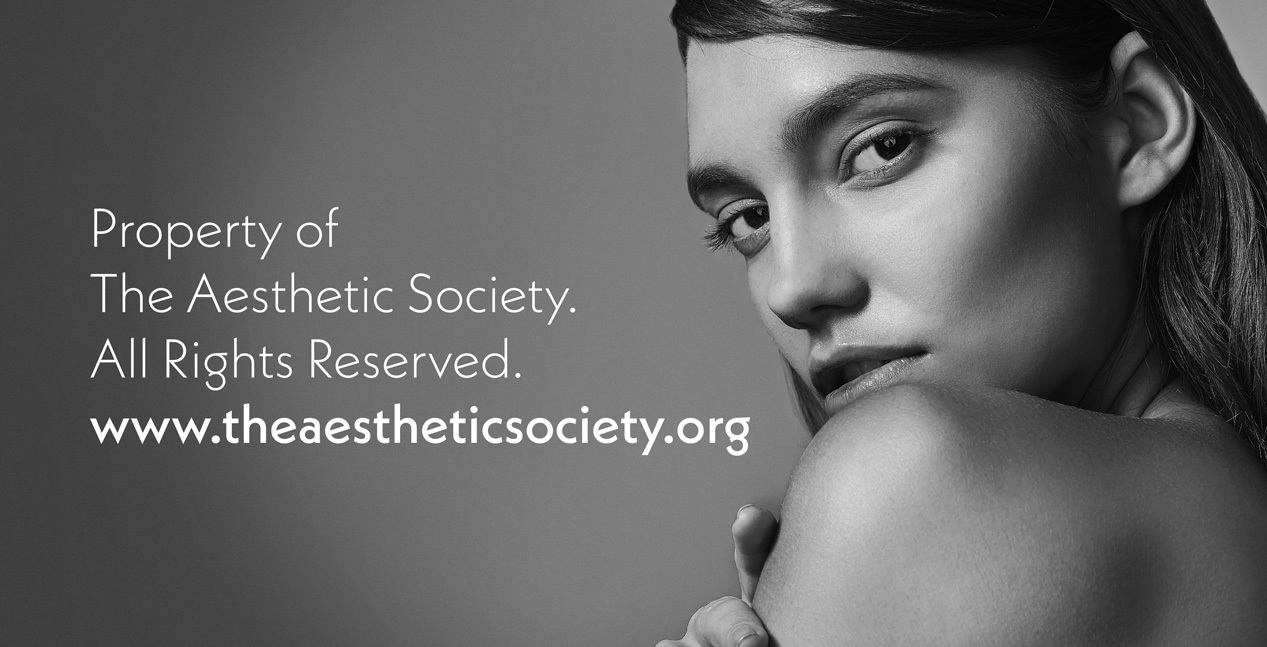
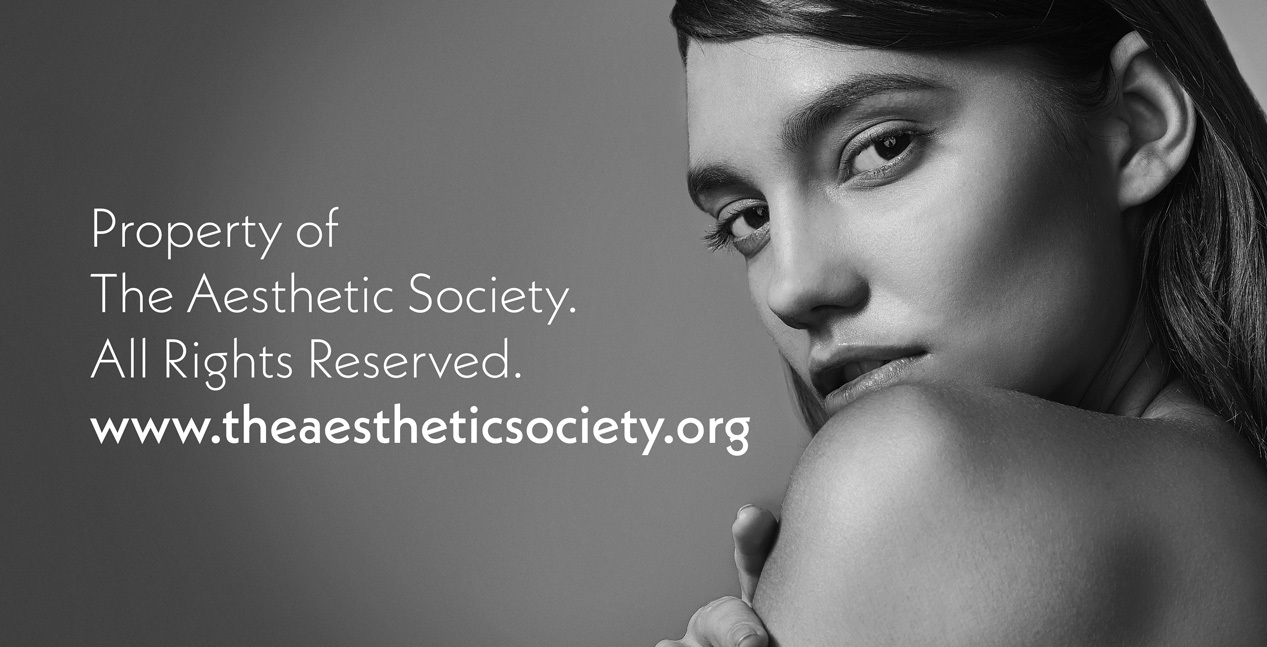
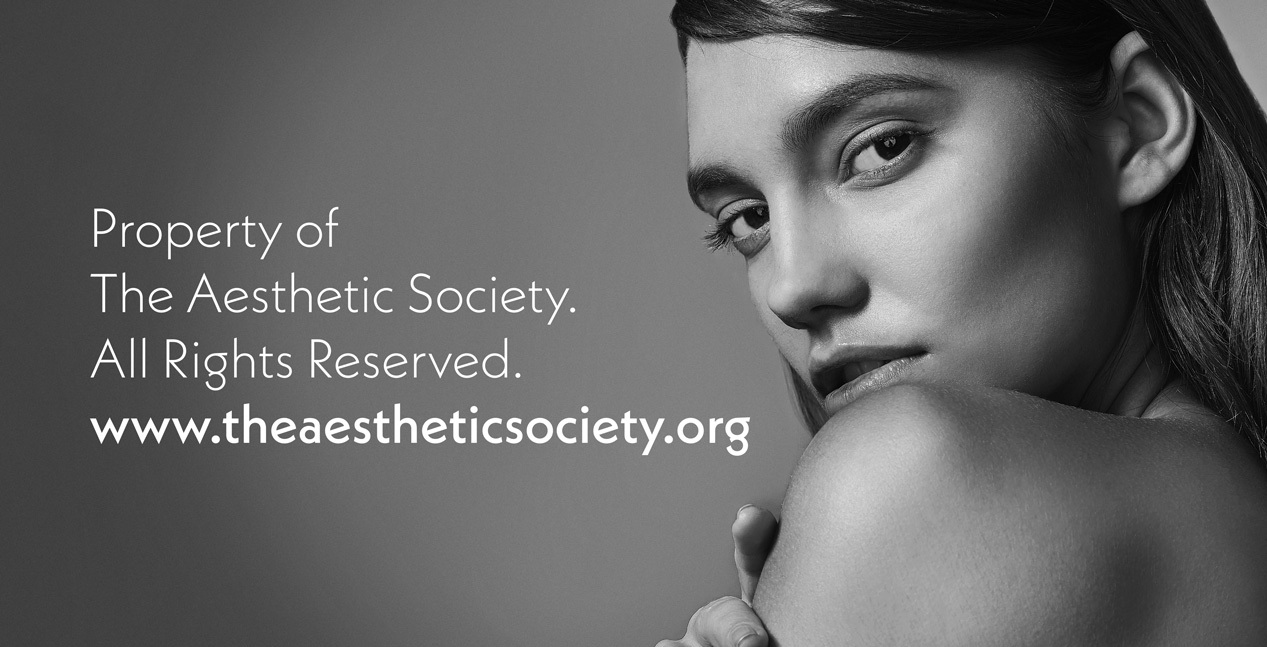
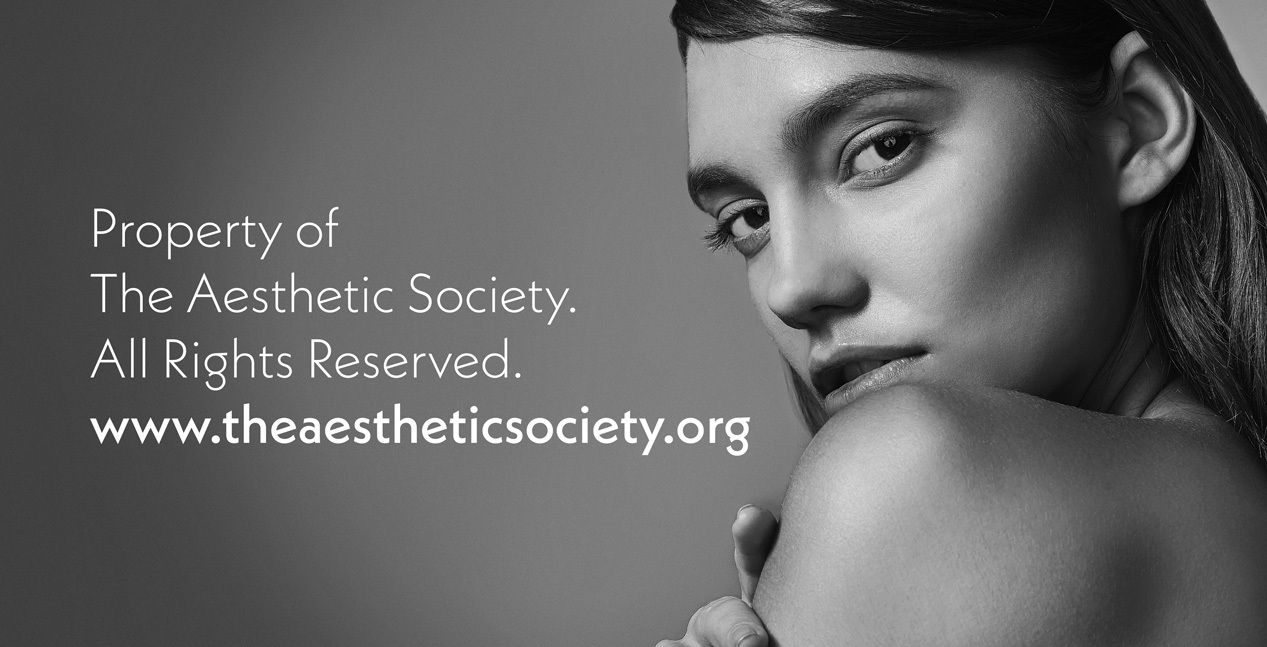
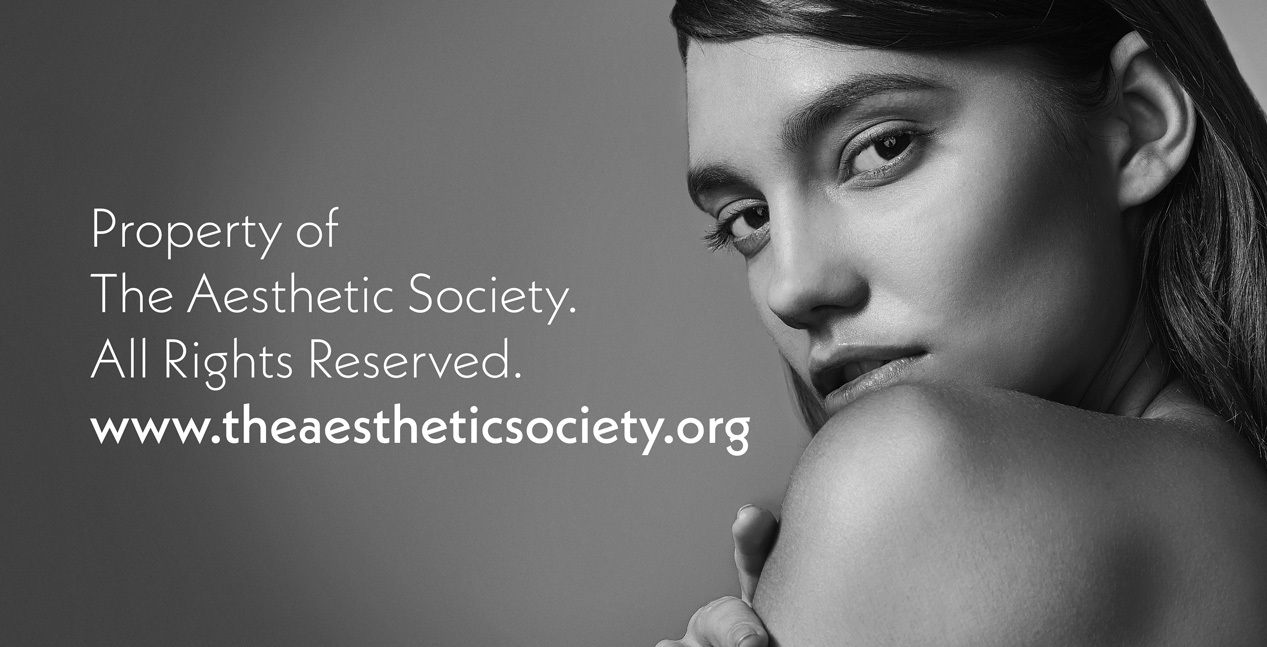





0 comments:
Post a Comment